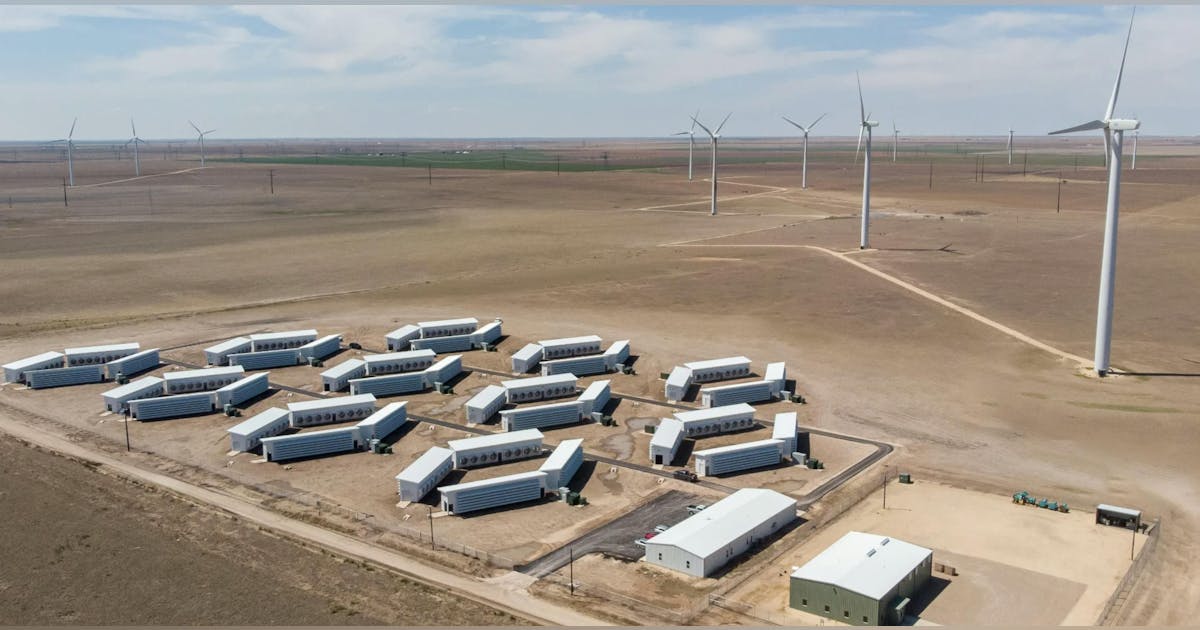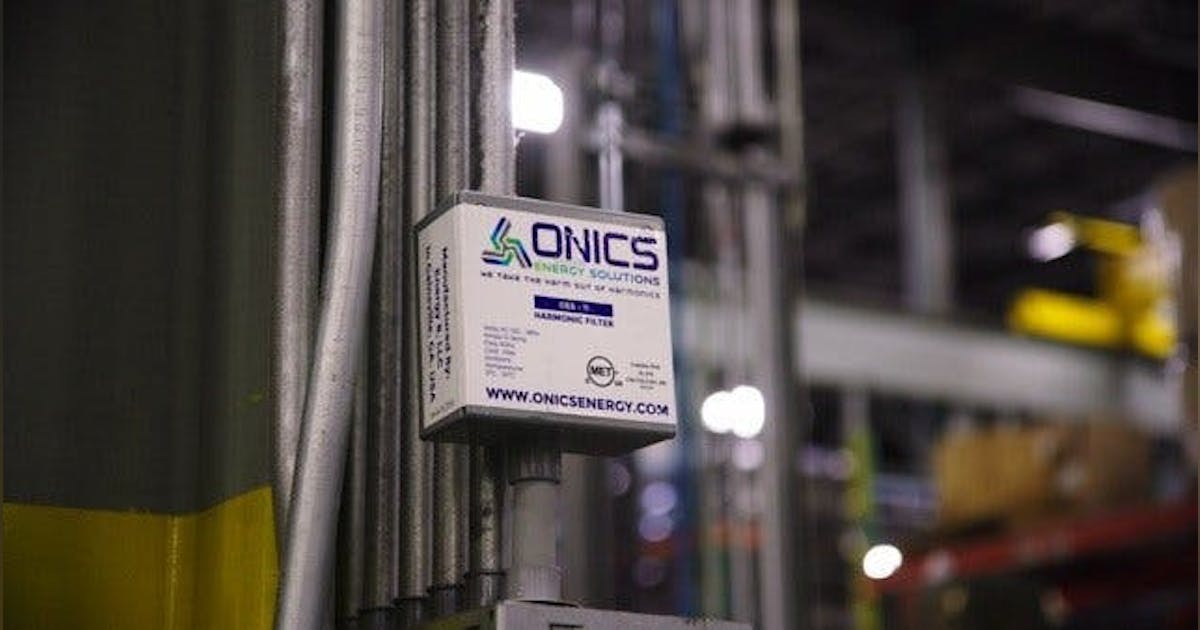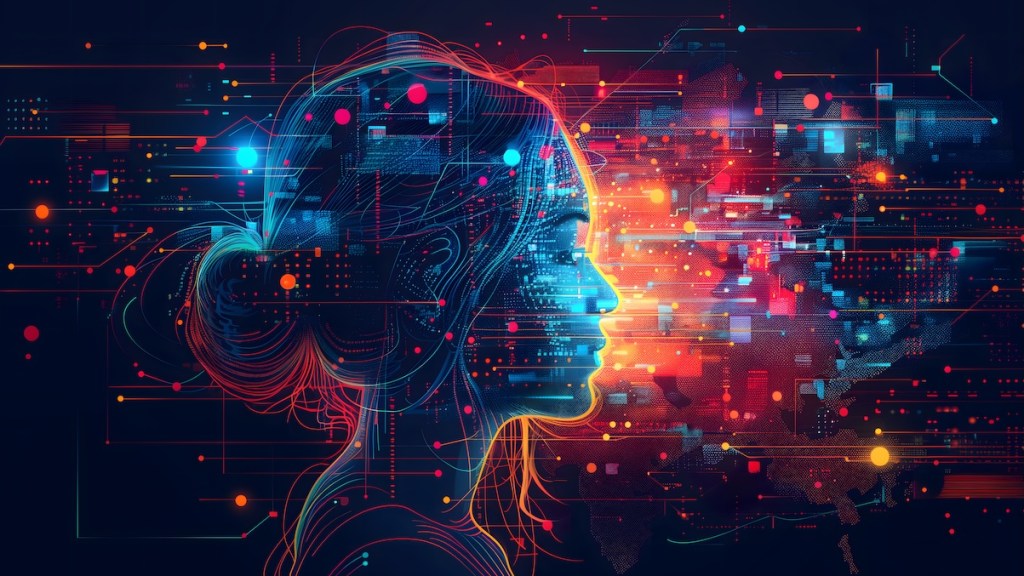Tripp, the award-winning XR wellness company, launched Kōkua AI, a mental wellness guide designed to deliver real-time, personalized emotional support across multiple platforms.
Named after the Hawaiian word for “selfless care,” Kōkua AI leverages years of mood and emotional state data from Tripp’s platform—over 23 million emotional inputs across TRIPP’s global wellness sessions—to offer individualized, adaptive support.
Kōkua uses AI not just to speak, but to understand, reflect, and respond in meaningful ways, personalized to each user’s unique needs and state of mind. It is available across mobile, immersive, and voice-based experiences, said Nanea Reeves, CEO of Tripp, in an interview with GamesBeat.
“We’ve been evolving Kōkua AI over time, and we see it as a big differentiator for Tripp,” Reeves said. “We see ourselves as a layered approach to wellness and we’re there for you on any device.”
Why Kōkua matters now

The public launch of Kōkua comes at a pivotal moment, Reeves said. A growing body of research has affirmed the power of digital technologies—particularly AI-driven chatbots, VR, and AR platforms—to expand access to mental health support and improve outcomes:
Virtual Reality (VR) and AI have shown clinical benefits in reducing symptoms related to anxiety, depression, PTSD, and phobias. VR immerses users in safe, therapeutic environments and enhances emotional regulation (Nature, 2024).
AI-powered chatbots are increasingly used for mood tracking, cognitive-behavioral therapy, and suicide prevention support. Users appreciate their 24/7 availability, lack of judgment, and ease of use (JMIR, 2017).
• A recent NEJM AI study (2024) highlighted how autonomous AI mental health assistants can deliver personalized interventions using natural language processing and voice analysis, creating engaging and effective user experiences.
• 80% of Americans believe AI can improve healthcare quality and access, and 25% prefer providers who integrate AI—highlighting the public’s growing openness to AI in wellness and healthcare contexts (Tebra Health Perception Study, 2024).
Kōkua AI Feature Highlights

• Voice Avatars with Cloning: With a new AI voice library that includes over 20 voices, Kōkua has also been enabled with Personalized Voice Cloning. Users can hear their own voice deliver personalized wellness guidance and affirmations.
• AI-Powered Reflections: Guided mental wellness check-ins and interactive coaching powered by TRIPP’s proprietary Kōkua Core engine.
• Image Generation: Real-time visualizations based on user mood and conversational context.
• Immersive Worlds: Breathtaking 3D environments and binaural soundscapes tuned to support calm and focus.
• Direct Dial Access (Coming Soon): Mental wellness support via phone—accessible to all, with or without a headset.
• Gamified Dialogue: A conversational “volley” system encourages sustained, engaging interaction.
Positive results from Kōkua

Since its beta release on mobile and virtual reality in 2024, Kōkua has doubled session engagement (+100%); had long term retention with 45%+ of premium monthly active users using the app for 12+ months; was named Best Innovation of 2025 by the Aurea Awards and Best in Spatial Computing on Apple Vision Pro; amassed over 2.6 million in-app 5-star ratings, that have been used to train Kōkua AI; and Tripp is the most-reviewed mindfulness app on Meta Quest devices.
Built on foundation of innovation and trust

Kōkua AI is powered by Tripp’s patented mood detection and personalization platform, which dynamically adjusts wellness experiences based on mood surveys, breathing patterns, and real-time conversation flow. The platform uses a novel atomic voice delivery method for responsiveness, and ensures user control with built-in tools to cancel, adjust, or correct input mid-session—critical for trust in mental wellness applications.
“No path to wellness is the same. With Kōkua, we’re creating emotionally intelligent tools that adapt to you—in your voice, on your terms,” said Reeves. “We’re honored that our community has helped shape this powerful platform from the inside out through the sharing of their feelings with us in our apps.”
“Tripp has always anticipated where AI was going,” said Tim Chang, venture partner at Mayfield Fund, in a statement. “Kōkua is the culmination of years of intentional, ethical development in the service of mental wellness.”
Availability
Kōkua is now available via the Tripp mobile app (iOS & Android), Meta Quest, Apple Vision Pro, HTC Flow, PlayStation VR, Pico and is expanding to Android XR and additional platforms including smartglasses and AR.
Evolving features
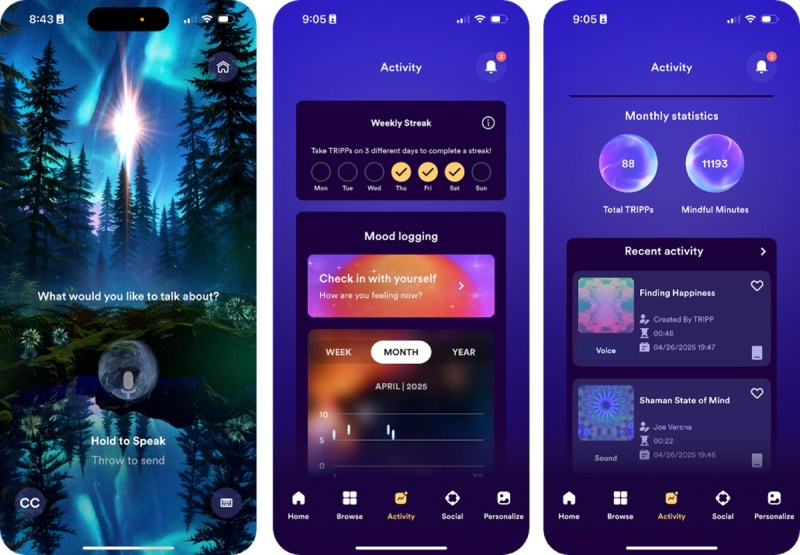
Kōkua AI has some hidden features that Tripp puts out there for users to stumble upon and use before Tripp amplifies them. The company has expanded its voice library for Kōkua AI so it has 21 different voices that you can change the AI’s voice to, including ASMR. There are three ASMR whisper voices that have been a top request from users for a long time.
Reeves sad that there is some research that shows there are neural effects when you hear your own voice for self emotional regulation. It activates the brain’s self-referential regions, Reeves said.
“It makes positive messages feel more personal and believable and impactful, even though most of us have a initial reaction to hearing our own voice,” Reeves said.
So Tripp created the ability to clone your voice in the app and apply it to the AI. It’s live on the Meta Quest platform first. Then it will make its way to mobile. The mobile app will also get real-time imaging.
Kōkua AI offers confidence boosters during your day
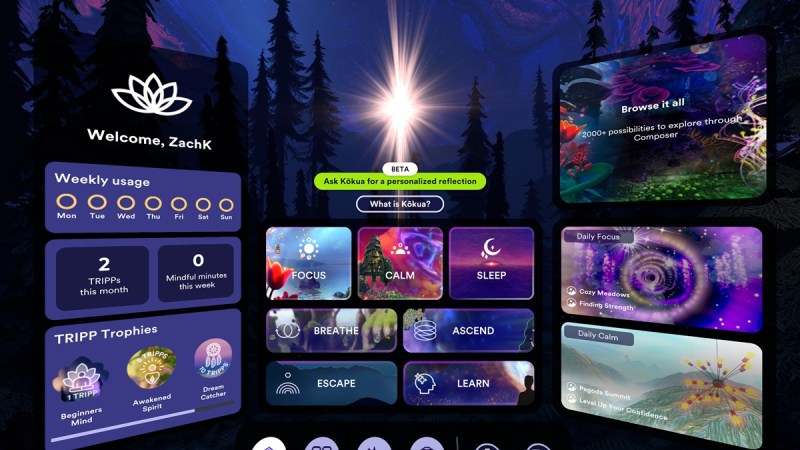
When you interact with Kōkua AI, you can ask it for a confidence booster before an important meeting. Kokoa AI answered with a motivational voice-based reasurance that described a futuristic cityscape that was meant to remind Reeves of limitless possibilities. The AI seeks out the LLM with the best response.
“We have this whole platform that’s tuned around generating AI output, specifically to mental and emotional well being,” Reeves said. “That’s the main differential differentiator of what we’re doing.”
Tripp can also generate meditation exercises for the users. It added guardrails for the AI as the number of AI agents has exploded.
Kōkua AI responded to Reeves when she said she was nervous about our interview. The voice of the AI said, “It’s natural to feel a bit nervous before an interview, but remember that you’ve got this. Take a moment to breathe deeply and remind yourself of your strengths and the unique perspectives you bring. How about visualizing a positive outcome that can sometimes help calm the nerves and boost confidence?”
Reeves also asked the AI what it knew about Reeves given its interactions with her over the weeks. The AI voice of Kōkua AI rattled off a number of things it knew about Reeves with reassurances about her strong support network around her.
“You can talk to me about anything that’s on your mind, Nanea,” the AI voice said. “I’m here to support your emotional well being, whether you want to discuss mindfulness, gratitude, navigating changes or anything else that’s important to you.”
Reeves asked the AI to connect her to a specialized AI agent that could help with a specific emotional issue and it did so. Reeves said Tripp will launch a new agent for the start of mental health awareness month in May. Multiple agents will be available over time and eventually it will start monetization.
“We have not announced it yet, but we are working with a clinical entity to provide the framework for that when we launch,” Reeves said. “There will be a life coaching mode and even a dream analysis mode, because that’s one of our top tasks. We’ll keep adding modes like frameworks for career coaching.”
Privacy protection
She noted that young male users are expressing some really big feelings that maybe they would never share with one of their friends or an adult, or even a therapist, for fear of feeling judged. At the same time, she noted that Tripp is being ethical about its data collection so that it preserves user privacy. Users can delete information about themselves at any time.
She noted that data storage is “completely decoupled from any personally identifiable information, and we actually don’t record the conversations. We store summaries of them for our context.” Users can also opt out of recording info about a session if they wish.
More automation of AI features

The company has 25 people and it has automated a lot of tasks in its producting flow using AI. As AI results have gotten better, the automation has made the company more efficient. Now Tripp is generating real-time support for people who call in for help, and it will connect those people to human support as needed.
“It’s been a fascinating journey,” Reeves said. “We’re experimenting with generating 3D real-time videos soon into the experiences, as well as 3D objects, and enabling interaction.
“For VR, we’ve achieved a lot. I’m pretty confident that we are the wellness leader in XR, in mental wellness in our category, as the most-rated mindfulness app on the Quest,” Reeves said. “We were named best in spatial computing as one of the apps on Apple vision Pro. We have been announced as an early access partner with Google on the Android XR platform, and we’re excited about these upcoming expansions. But in order for us to have maximum reach and really scale our business, it’s important that we go into new channels like mobile. We see that as a precursor to our ability to be able to support the smart glasses and the AR smart glasses.”
She said Kōkua AI audio is available via phone calls, and Tripp can also deploy that feature in its mobile app. You will be able to listen to that voice app on the Meta Ray-ban smart glasses.
“We want to render the experience of how you are feeling in real time. So our focus for next year will be to start integrating even more bio signals, but one of the first ones we’re going to do is the voice sentiment. It’s not what you say. It’s about measuring the quality and the valence identified in your voice. Is it stress? Are you expressing joy? Happiness?”
More benchmarks and future plans

As far as benchmarks go, Reeves said Kōkua AI has been trained on 23 million feelings shared with Tripp that it used as the foundation for building Tripp’s context engine. And the company has had had close to 3 million downloads on VR.
“Our goal right now is to start scaling into mobile and increasing our addressable audience,” Reeves said.
The app is highly rated, but Reeves wants to get mainstream adoption in th elong run.
“We do have a large active duty population of young men using our app, and also veterans, but I definitely think that being able to reach more people with our emotions with our supportive AI agent is important,” Reeves said. “I think the AR smart glasses will be a tipping point for us. We will be very well positioned for that transition with the way that we’ve architected our platform and and how we can support you with just audio only and and do it in a very unique, focused way.”
Tripp can integrate its coaching into its audio experiences and visual experiences, which are like soothing music visualizers. Reeves said that people are uploading personal images into the VR app and other parts of the applications. She said that people who personalize Tripp will have 400% more engagement, and 61% will have active sessions for six months or longer. Reeves said the speed of the AI is getting better as well so users don’t have to wait so long for responses.
“It’s a real retention driver,” she said. “We will start launching new agents and one of the first will be a mental health coach. It’s not for replacing professional human support or medical services. But it could be very helpful for that person late at night who is feeling that they need to talk to someone friendly. That’s really our goal. We were very cautious initially when we launched the first version. We were testing it. We want to be thoughtful about how we approach interactions with AI.”
GB Daily
Stay in the know! Get the latest news in your inbox daily
Read our Privacy Policy
Thanks for subscribing. Check out more VB newsletters here.
An error occured.













